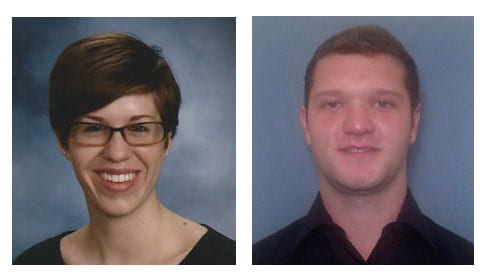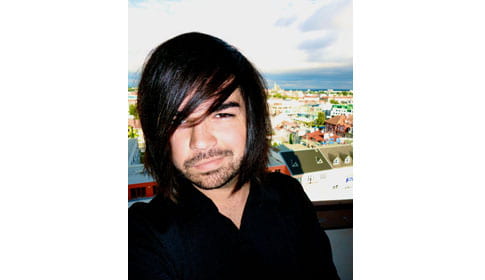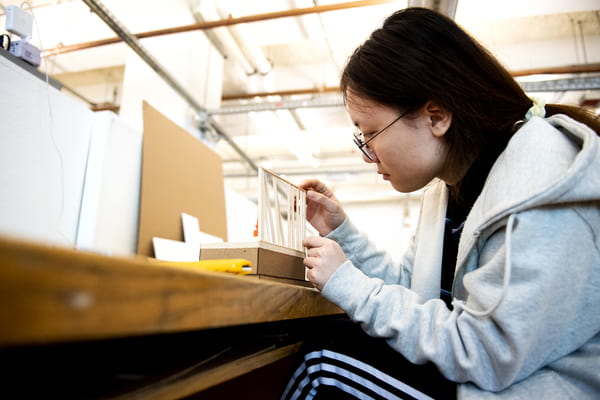2012 Issue

"Repairs in American Sign Language Interpreting: Repair Strategies and Frequencies in Interpretations from English to American Sign Language" Abstract
This study investigated the frequency and distribution of repair strategies in American Sign Language (ASL) interpretations. Data collected by Northeastern University from two samples of English to American Sign Language interpretations provided by a random sample of interpreters provides the basis of this study.
Data were coded by number and types of repairs made by each individual interpreter. Analyses of the data shows that less experienced interpreters more frequently omit information, have longer lag time, and a high frequency of unrecognized, unrepaired errors. It was also found that error repairs are most common within interpretations and that discourse level changes have a greater impact on repair frequencies than the length of time interpreting. In addition, Deaf Community involvement was found to be a variable in the use of repairs.
Victoria Miller and Christopher Matthews are from Long Island, New York. Both graduated from Northeastern University in 2012 with a Bachelor of Science in American Sign Language/English Interpreting. Victoria and Christopher would like to thank Dennis Cokely and Trudy Schafer for their help getting this paper ready for JUIS and also for providing the opportunity to share this paper with other undergraduate interpreting students.
Correspondence regarding this article should be sent to Victoria Miller at miller.victoria8@gmail.com or Christopher Matthews at csmatthews@yahoo.com.

"Sociolinguistic Variation in the American Black Deaf Community:An Introduction to the Status of Past and Current Research" Abstract
It is widely accepted by linguists that languages exhibit variation in a number of ways. Sociolinguistics is concerned with how languages interact with societies, how different groups use language and how that language changes from group to group. Here the existence of such a variation among the American Black Deaf community is examined in regards to social attitudes, lexicon, phonology, morphology, syntax, and semantics. Too, discussion is offered on the prognosis of such a variation and its potential significance to the perception of ASL.
Clint Brockway, EIPA 3.5, Q.A.S.T. 3/2, is an Arkansas native and a 2011 graduate of the University of Arkansas at Little Rock Interpreter Education Program, where he majored in interpretation: American Sign Language / English and received a minor in linguistics. His coursework at the university and experiences working as an interpreter inform his research in the field and inspired this and other research projects on the local and international scale. Brockway would like to thank Dr. Glenn Anderson, Ms. Ella Irby, and the Little Rock Chapter of the National Black Deaf Advocates for their contributions to this project, without which it would not have been possible.
Correspondence regarding this article should be sent to Clint Brockway at cjbrockway@ualr.edu.
